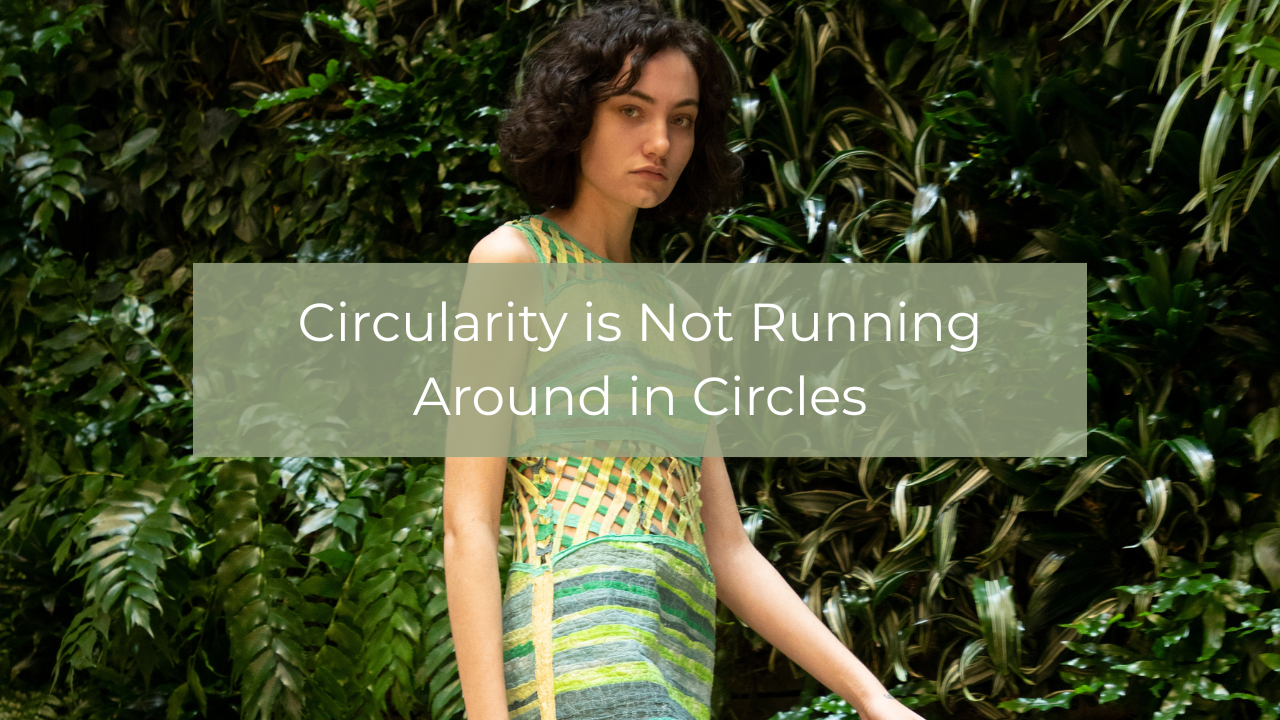Pairing the idea of circularity with sustainable fashion might initially conjure images of people running in circles and getting nowhere—which, admittedly, can sometimes feel like the case. However, the Ellen MacArthur Foundation clarifies that circularity in fashion refers to “the process of making and consuming fashion in such a way that there is never anything thrown away and nothing is used to the point of extinction.”
In our current linear economy, we extract materials from the Earth, turn them into products, and ultimately dispose of them as waste. Circularity challenges this model by designing systems that prevent waste from being created in the first place.
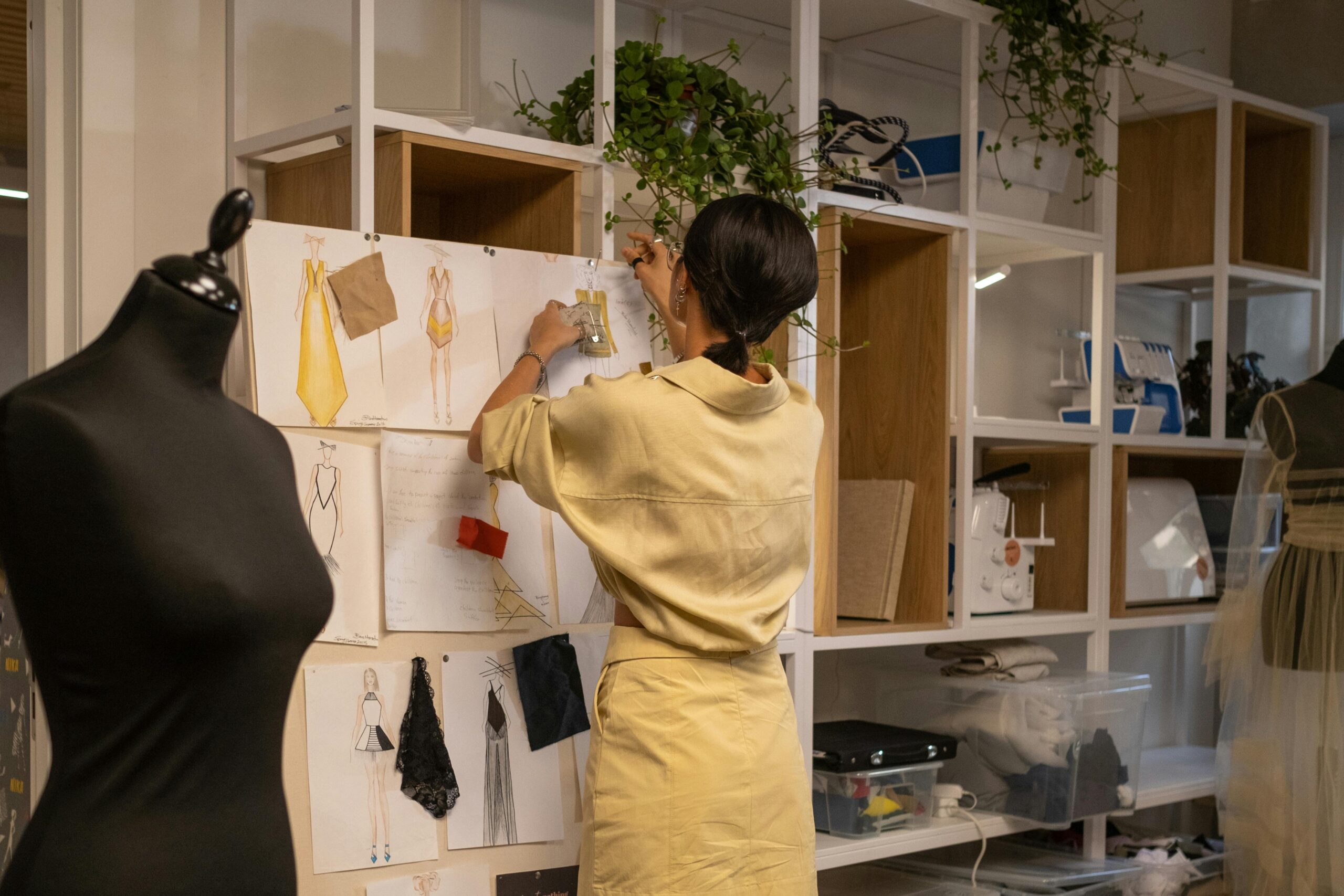 The Role of Design in Circularity
The Role of Design in Circularity
Designers hold tremendous power in shaping the sustainability of a product, as 80% of a product’s recyclability is determined at the design stage. In the pursuit of sustainable practices, many companies and creatives are embracing the three pillars of circularity:
1. Eliminate waste and pollution
2. Circulate products and materials at their highest value
3. Regenerate nature

Photography by Phillip Hammer
Creative Approaches to Eliminating Waste
We’re seeing researchers, small brands, and DIY designers tackling the first pillar—eliminating waste and pollution—in innovative ways. Some sew scraps of fabric together or deconstruct existing garments to create new ones, such as turning a dress into a skirt. Others develop patterns from a single uncut piece of cloth using darts and pleats, or design puzzle-piece-like layouts that maximize fabric use.
While these methods often produce beautiful, one-of-a-kind garments, they are typically difficult to reproduce and limited in sizing, restricting their industry-wide impact.
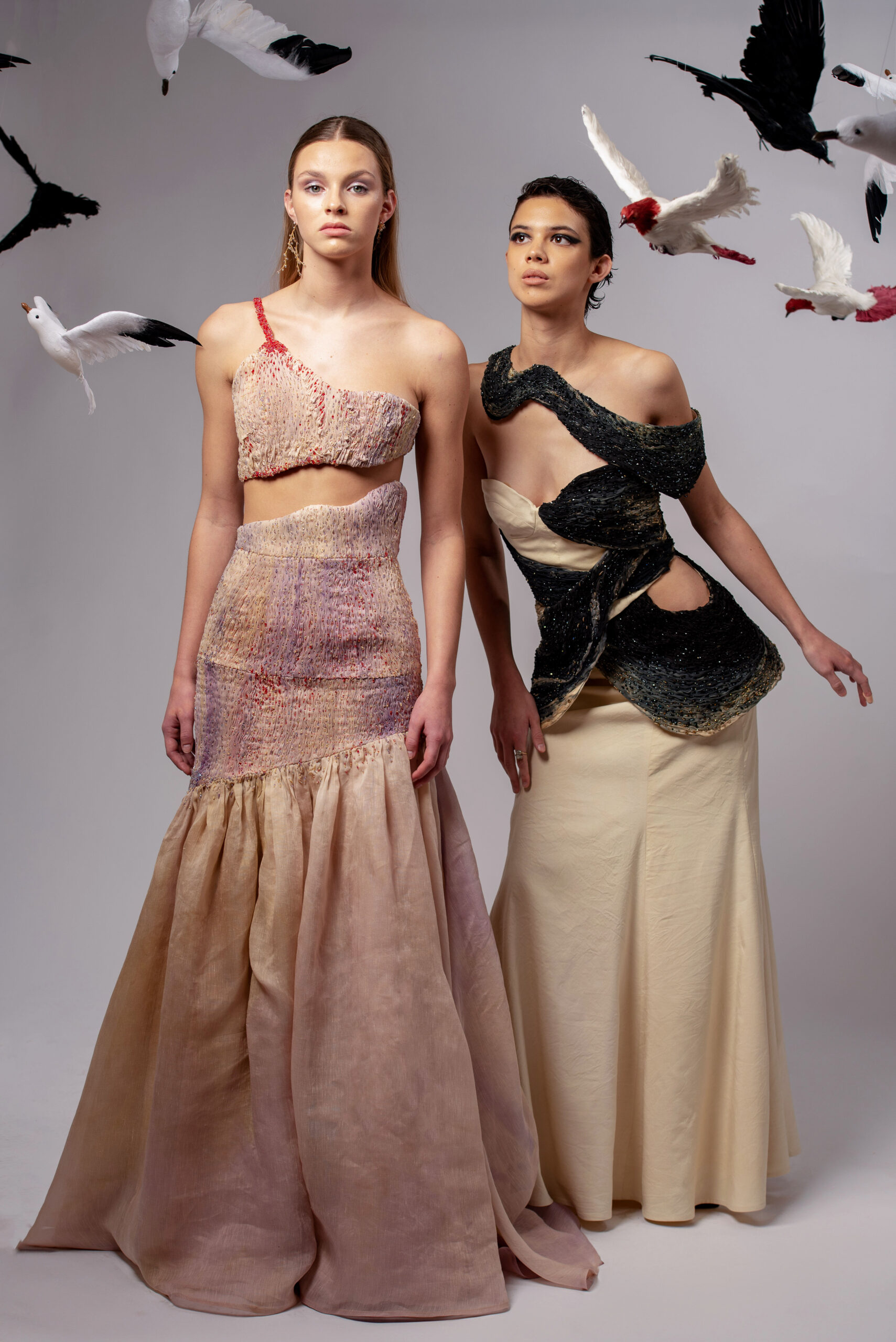
Photography by Phillip Hammer
Shifting Toward Zero-Waste Collections
Instead of aiming for zero waste in individual garments, what if we aimed for zero-waste collections? This broader approach is being explored by local St. Louis designers. Maxine Roeder, a recent fashion design BFA graduate from Washington University in St. Louis, presented “Featherplight”—a zero-waste collection that creatively reuses scraps from traditional cut-and-sew processes. Though some individual garments produced waste, those scraps were repurposed, resulting in a waste-free collection overall.
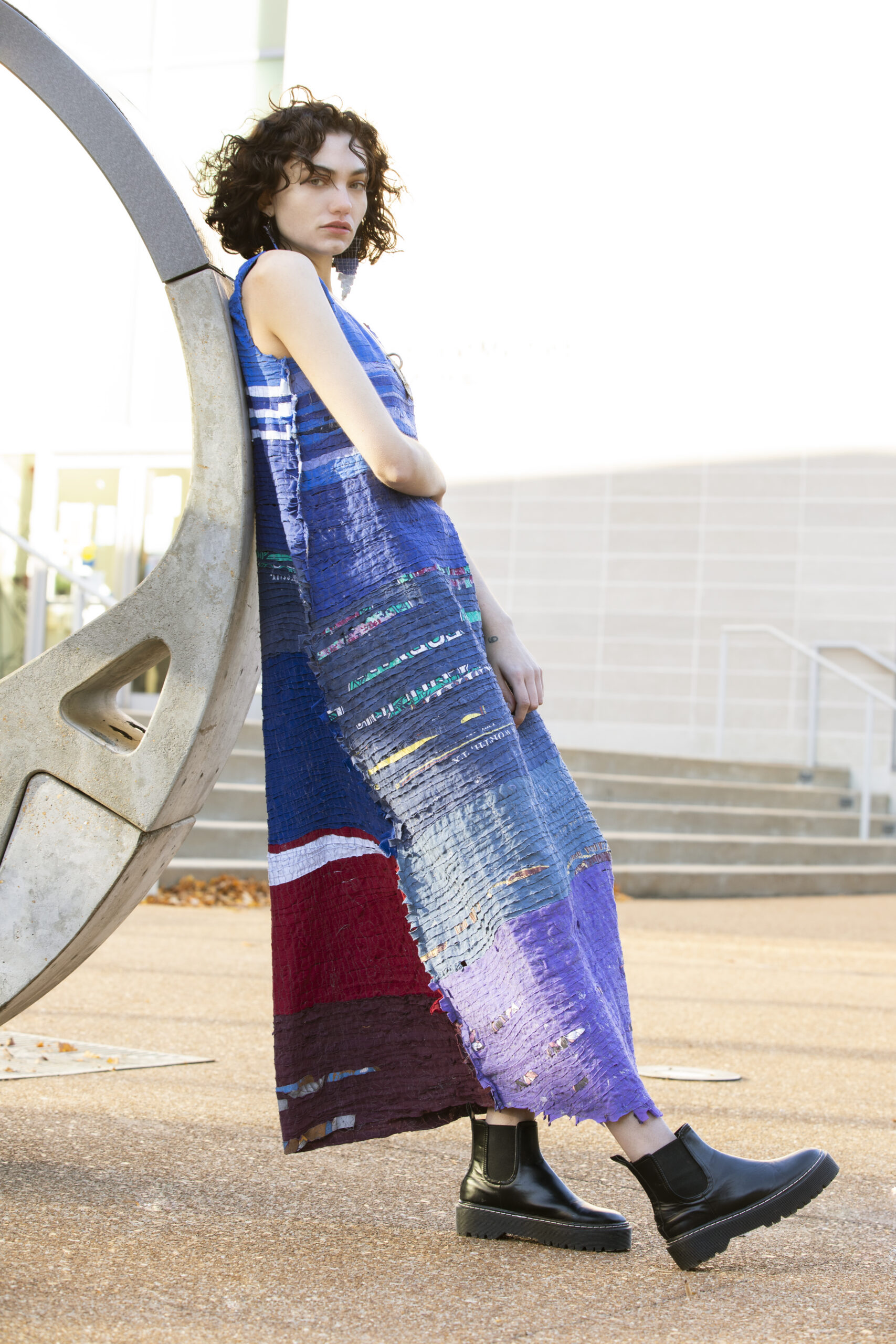
Photography by Phillip Hammer
Brands Leading the Way: RECLÉM Spotlight
Startups like RECLÉM are embracing this model as well. They recover textile waste from production and craft new, reproducible garments available in various sizes. RECLÉM also upcycles unwanted garments into fresh designs—effectively closing the loop and preventing textiles from becoming landfill waste.
By incorporating waste into new creations and reimagining discarded garments, designers gain greater freedom with materials. If a polyester item never reaches a landfill, its 200-year degradation timeline becomes less concerning.
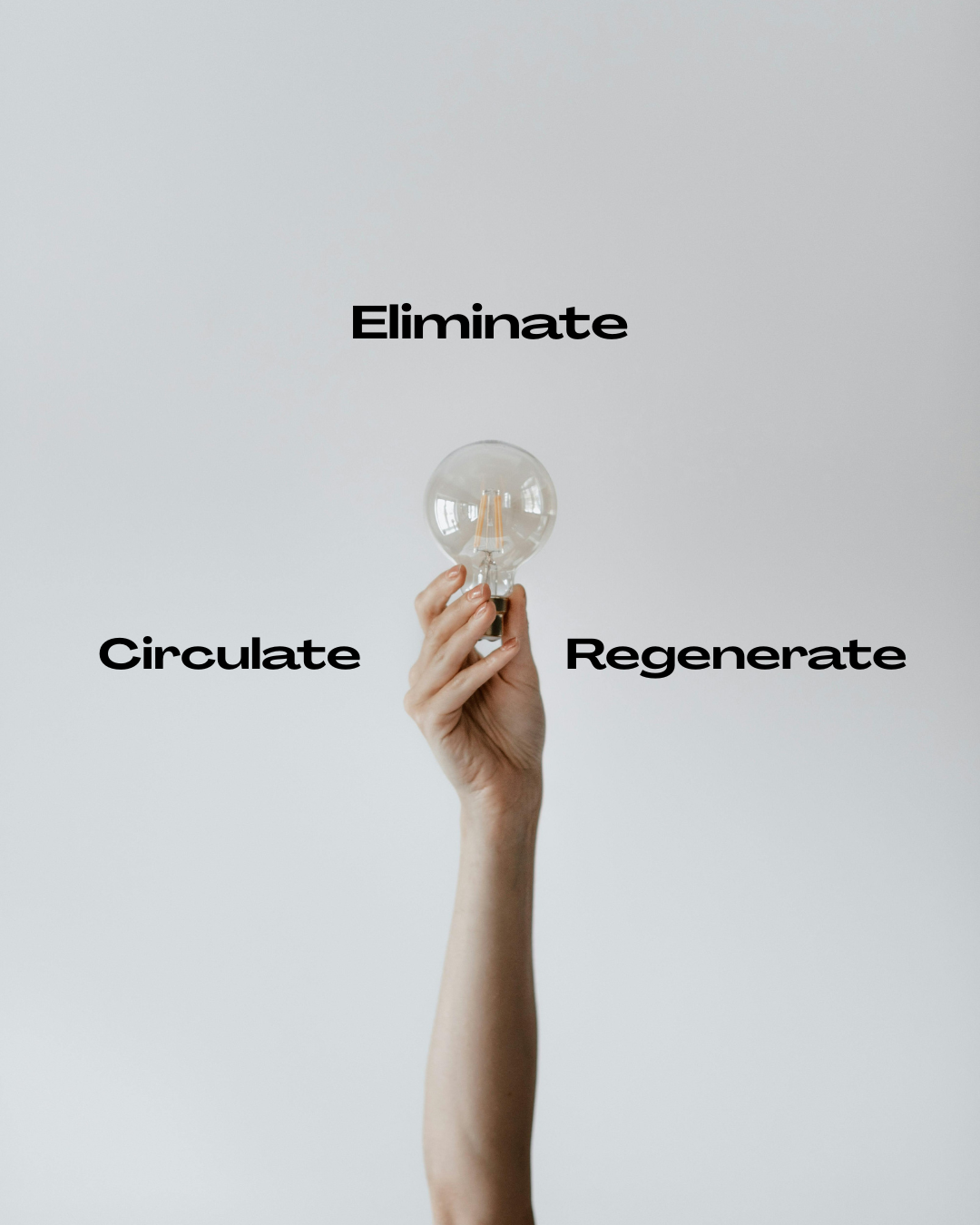 Moving Forward With Imagination
Moving Forward With Imagination
Let’s continue to challenge norms and apply imaginative thinking to our production processes, using the pillars of circularity as our guide. Innovation in eliminating waste isn’t just a creative endeavor—it’s a necessary step toward a more sustainable future.
 Mary Ruppert-Stroescu earned her PhD in Human Environmental Sciences from the University of Missouri. Her dissertation research resulted in the “Typology for Creativity in Fashion Design and Development,” a framework for understanding diverse aspects of creativity for fashion design. Her research focuses on the study and application of creativity, particularly through the exploration of sustainable fashion design and production, as well as interdisciplinary collaborations with engineers and medical scientists on wearable electronic textile-based sensing systems that address health and wellbeing. Ruppert-Stroescu has numerous peer-reviewed publications and has given research presentations and exhibited her creative scholarship at conferences internationally. She holds intellectual property protection for four inventions, including a patent for “Textile repurposing and sustainable garment design.” She will be presenting on the TEDx St. Louis stage on October 27, 2023.
Mary Ruppert-Stroescu earned her PhD in Human Environmental Sciences from the University of Missouri. Her dissertation research resulted in the “Typology for Creativity in Fashion Design and Development,” a framework for understanding diverse aspects of creativity for fashion design. Her research focuses on the study and application of creativity, particularly through the exploration of sustainable fashion design and production, as well as interdisciplinary collaborations with engineers and medical scientists on wearable electronic textile-based sensing systems that address health and wellbeing. Ruppert-Stroescu has numerous peer-reviewed publications and has given research presentations and exhibited her creative scholarship at conferences internationally. She holds intellectual property protection for four inventions, including a patent for “Textile repurposing and sustainable garment design.” She will be presenting on the TEDx St. Louis stage on October 27, 2023.

